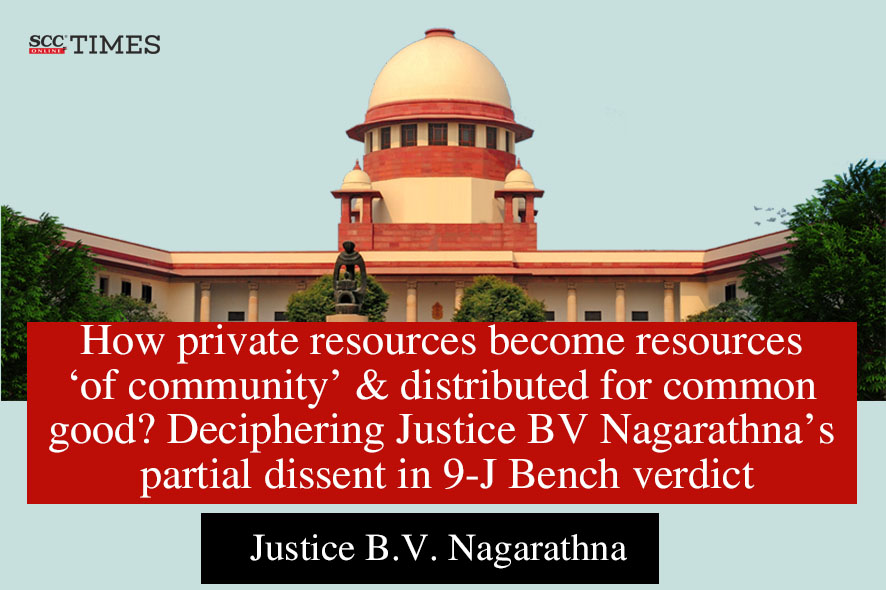 |
|
Justice BV Nagarathna, a judge of the Supreme Court of India, penned a partial dissent in a recent 9-judge bench verdict, offering a distinct interpretation of Article 39(b) of the Indian Constitution. While the majority opinion held that not all private properties can be considered 'material resources of the community', Justice Nagarathna argued that private resources can indeed acquire this status through various mechanisms, ultimately contributing to the common good.
Her dissent delved into the historical context of Article 39(b), citing previous judgments like State of Karnataka v. Ranganatha Reddy (1977) and Sanjeev Coke Mfg. Co. v. Bharat Coking Coal Ltd. (1983), which she maintained were not inherently flawed. Justice Nagarathna emphasized that the meaning of 'material resources of the community' should be interpreted in light of evolving economic policies and societal dynamics, aligning with the 'living tree' doctrine of constitutional interpretation, which advocates for a flexible and adaptable interpretation of the Constitution.
She proposed a framework for understanding how privately-owned material resources could become 'material resources of the community', outlining four modes of transformation: nationalization, acquisition, vesting by operation of law, and voluntary donation or gift. These actions, she argued, would bring the resources into the collective domain of the community, making them eligible for distribution according to principles of the common good.
Justice Nagarathna also stressed that the distribution of these community resources must subserve the common good, implying that it should benefit the public at large. This distribution could involve the state retaining resources for public purposes or the transfer of resources to individuals or entities, guided by criteria such as the nature of the resource, its impact on the community, and the potential for wealth concentration. This process, she argued, would align with the directive principle of Article 39(c) of the Constitution, which aims to prevent the concentration of wealth and means of production in the hands of a few.
Her dissent served as a powerful counterpoint to the majority opinion, highlighting the complex interplay between private ownership, public interest, and constitutional interpretation. Justice Nagarathna's perspective underscores the ongoing debate surrounding the role of the state in managing resources for the benefit of the community and the dynamic nature of constitutional interpretation in the face of evolving economic and societal landscapes.
